Morgan Aero 1927
- Displacement (ccm): 980 ccm
- Type of engine: JAP, Two cylinders, side valves
- Sold
Morgan Aero with JAP engine. It is restored and it works properly.
After studying engineering at the Crystal Palace in London and working for a while on the Western Railway, Henry Frederick Stanley Morgan founded his own garage in 1906, although it was not until 1909 when the first tricycle Morgan. This first Morgan, animated by a 7 hp Peugeot engine was a very spartan car, which went on sale in 1910 after patenting the invention.
Henry Morgan thought the best way to promote your vehicles would be sporting triumphs. By then the racing regulations required a passenger plus driver, to adapt to this legislation, Morgan began manufacturing two-seater vehicles, plus this way the brand could offer a means of transport that was not individually. The Morgan met his goal in the competition and the start of World War I already had a solid reputation.
After the war, Morgan put back up their production and tricycles were subjected to continuous improvements as the one in 1920, which allowed removing the rear wheel without removing the chain, which greatly facilitated the process of change. At first it offered two models, Standard and Aero, and from 1923 was made available to the customer a wide range of options and the choice between four brands of engines (Anzani, Blackburn, JAP or MAG), with the possibility of air cooling or liquid.
In 1926 the range was subjected to a profound improvement and all but the most economic models were equipped with a longer chassis and wide and standard front brakes. Even with these improvements the Morgans were still very unstable at high speeds due to its direct address, which was corrected in 1928 by equipping them with a direction geared down.
In view of all these successes it is not surprising that Morgan would sell very well, even in the early thirties England was affected by the global economic crisis.
SOLD
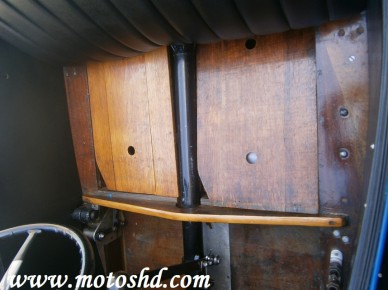 Expand
Expand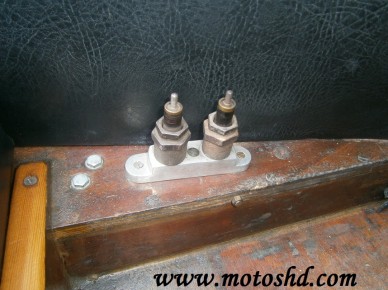 Expand
Expand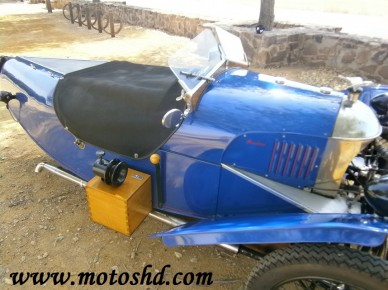 Expand
Expand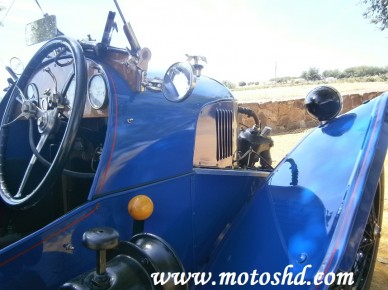 Expand
Expand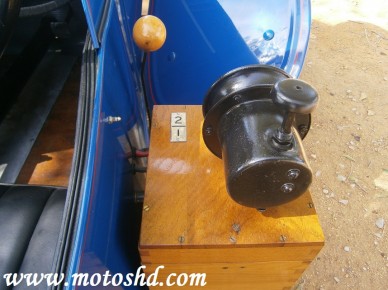 Expand
Expand Expand
Expand Expand
Expand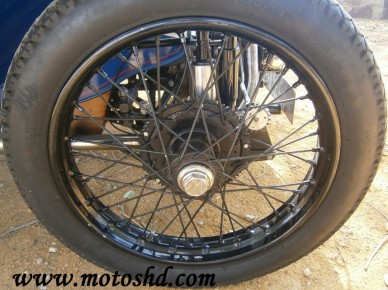 Expand
Expand Expand
Expand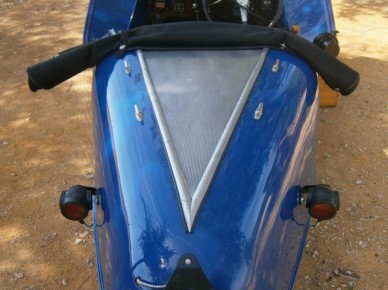 Expand
Expand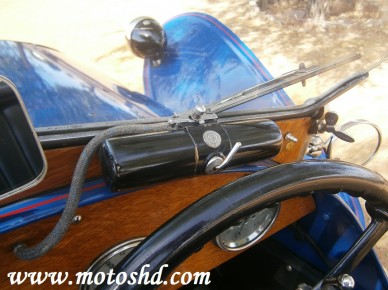 Expand
Expand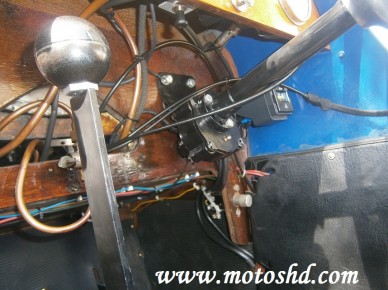 Expand
Expand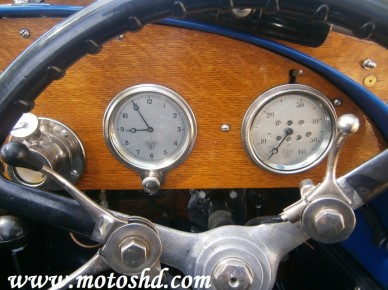 Expand
Expand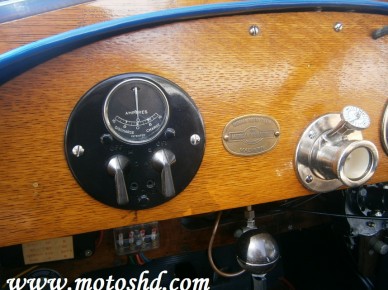 Expand
Expand Expand
Expand Expand
Expand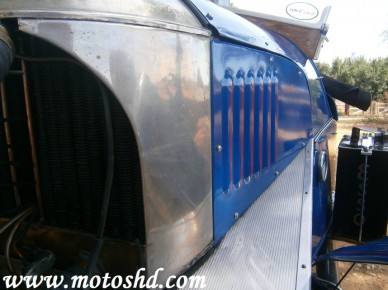 Expand
Expand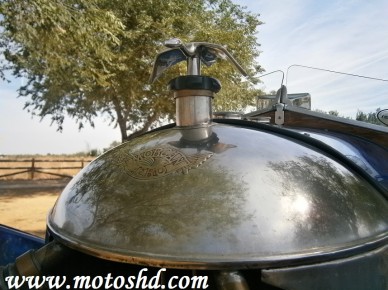 Expand
Expand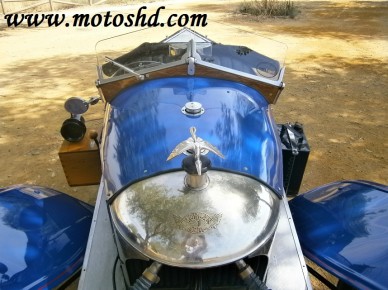 Expand
Expand Expand
Expand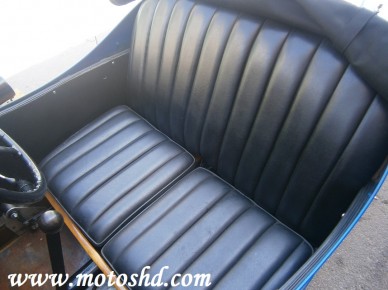 Expand
Expand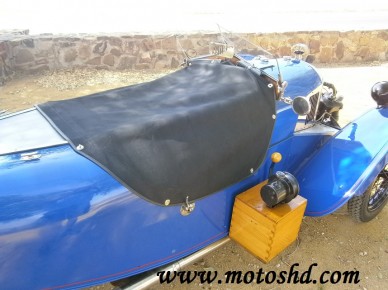 Expand
Expand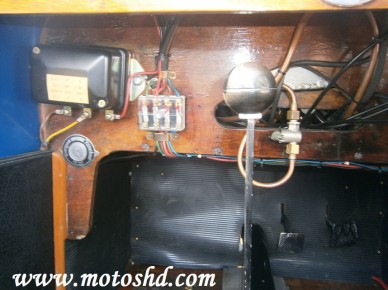 Expand
Expand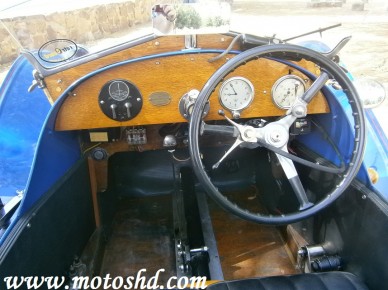 Expand
Expand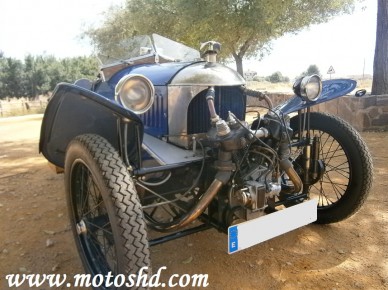 Expand
Expand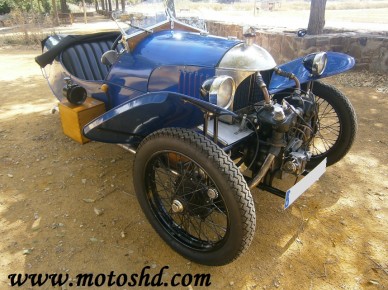 Expand
Expand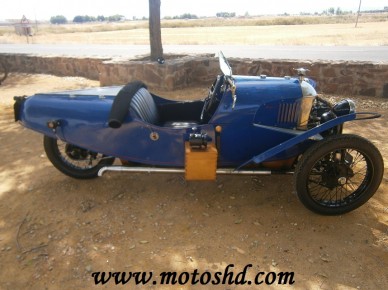 Expand
Expand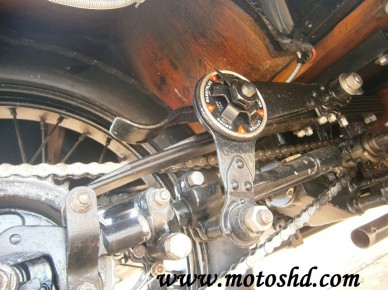 Expand
Expand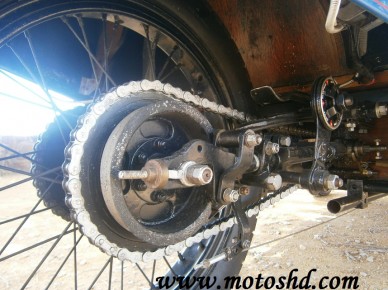 Expand
Expand Expand
Expand Expand
Expand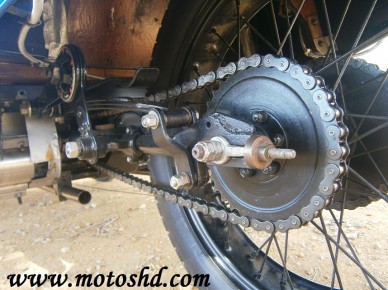 Expand
Expand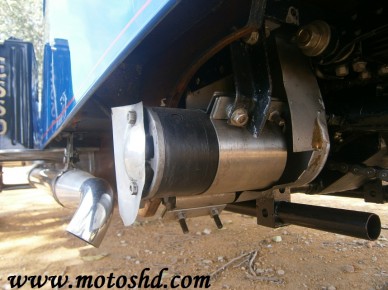 Expand
Expand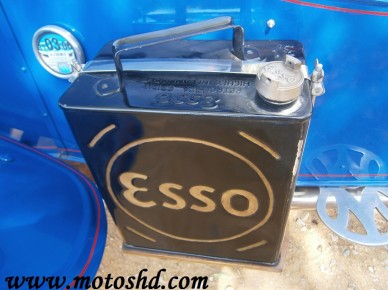 Expand
Expand Expand
Expand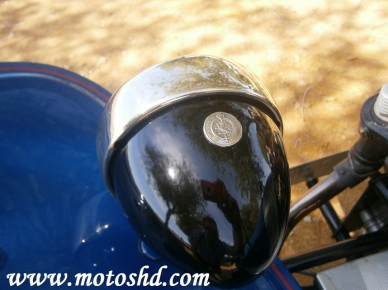 Expand
Expand Expand
Expand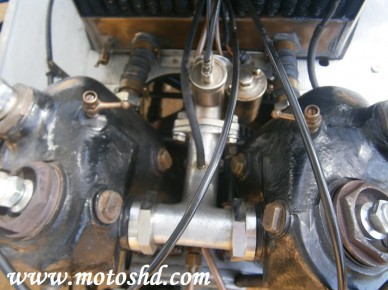 Expand
Expand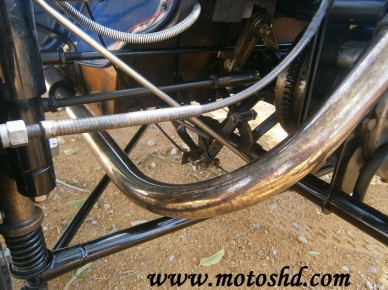 Expand
Expand Expand
Expand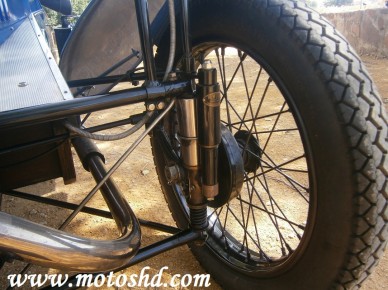 Expand
Expand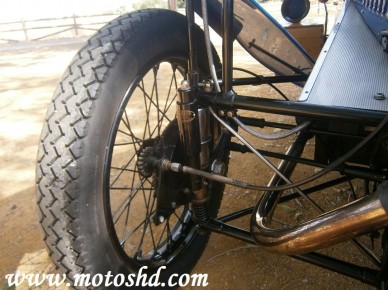 Expand
Expand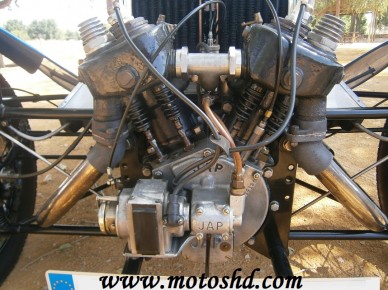 Expand
Expand Expand
Expand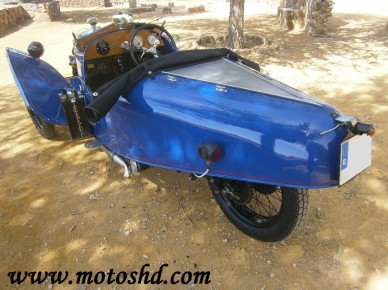 Expand
Expand Expand
Expand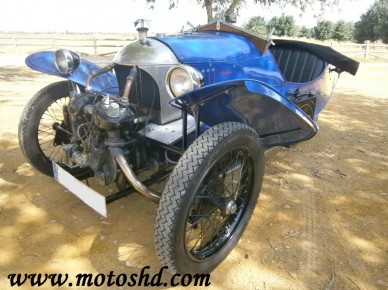 Expand
Expand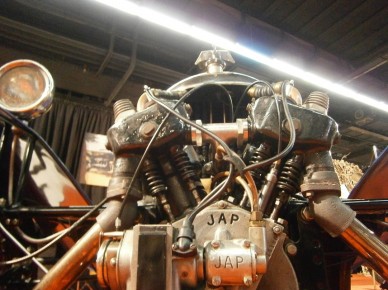 Expand
Expand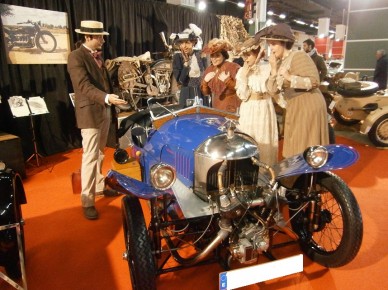 Expand
Expand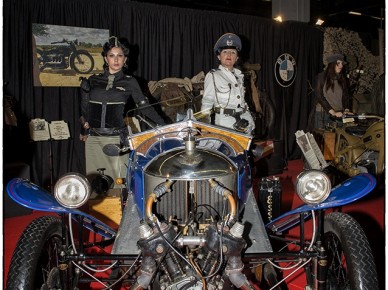 Expand
Expand
 English
English Español
Español